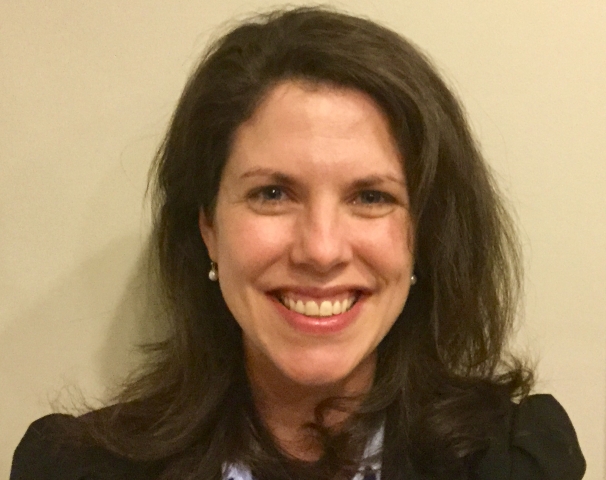
Beth Hallowell
Back in April, Beth Hallowell wrote a great guest post for us on How a Little Communications Research Can Yield Big Results. Today she is back to talk to you about supporter journeys and how to create an effective one. ~Kristina
Guest Post by Beth Hallowell
So you made an audience persona. That’s awesome! Audience personas can help your team create content for a more specific group of supporters than “the general public.” Ideally, your persona is based on research with your actual supporters – or potential supporters – and includes enough detail about what these groups think and feel that you can put them to work for you in another key way: by building a supporter journey.
What’s a supporter journey? It’s the path you want your supporters to take with your organization. For example, at the American Friends Service Committee, we developed and tested a supporter journey for our digital audience, using an audience persona we created from our in-house communications research.
Since our research showed that our digital supporters were activists interested in a lot of different advocacy issues, and that they see a lot of different types of online engagement as important to creating social change, we designed a journey that will help our supporters in their activism: a weekly reading email with a list of news articles and resources to help them stay informed on the issues they care about; email and social media action alerts to help them take action on different issues; and higher-level engagement opportunities like training webinars for people interested in local organizing.
We included fundraising asks in our supporter journey, since we know from our research that our donor and activist audiences are largely the same people. We’ve seen this effort pay off in the form of higher open rates on our emails, increased referral traffic to our website, and we’re on track for a year-over-year increase in organic email acquisition.
Like user journeys in the tech sector, supporter journeys can help your communications team prioritize strategies and tactics that help your supporters meet their goals. A good supporter journey helps you find the sweet spot between what your supporters want and need, and what your organization can provide.
How do you create a supporter journey?
First, take your audience persona, and ask yourself – or your team in your next brainstorming session – what are our supporters’ goals? What are they thinking and feeling?
Then, ask yourself what you can offer your supporters to help them reach their goals. Do they want information? Do they want to get involved in a cause? Do they want to feel like they are helping someone else? Make it a communications goal to help your supporters achieve their goals.
Then, consider the tools that you have at your disposal. Does your email content speak to your supporters’ needs? Does your website tell your organization’s story in a way that shows its relevance to your supporters’ lives? Are you on the same social media channels as your supporters, and does the content you share on social help them feel informed, get involved, or do whatever it is they are trying to do?
If your organization has more than one audience persona – congrats on that, by the way! – accounting for different groups’ goals using different journeys can help you engage more people, more deeply.
Putting your audience persona to work in this way takes some extra brainstorming and time, something that busy comms teams might be short on as we approach giving season. But as you look to your comms goals and plans for next year, ask yourself if you are really getting the most out the hard work you put into creating your audience persona – or if your persona could be doing more work for you and your team.
Beth Hallowell is a cultural anthropologist and the Communications Research Director at the American Friends Service Committee (AFSC). She solves problems with data. After nearly a decade working on public health problems in Latin American and the U.S., she has been solving communications problems at AFSC since 2014.






